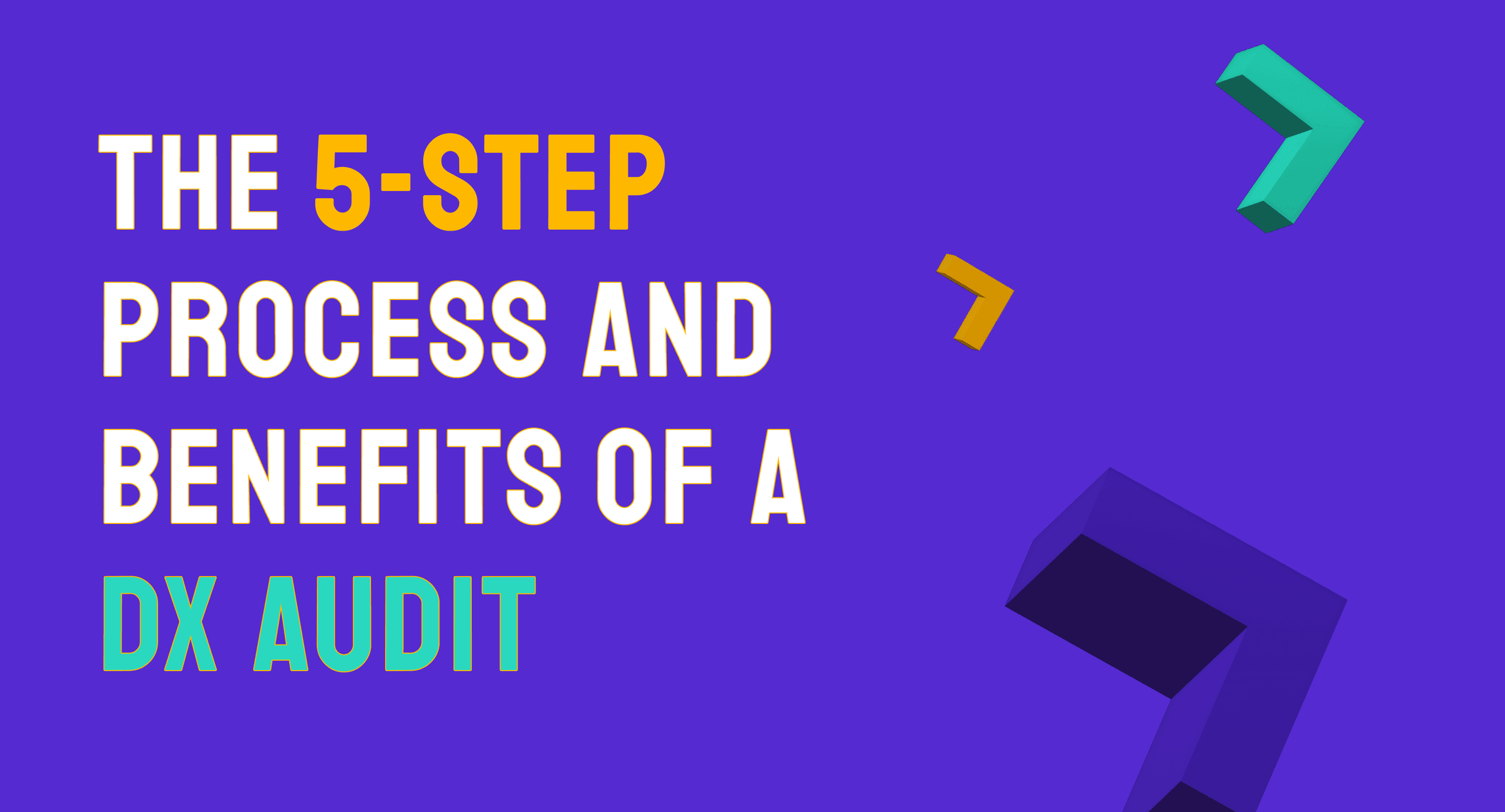
Developer satisfaction and efficiency are paramount to the success of any technology-driven organization. A crucial aspect that often goes under the radar is (DX). This article explores what a Developer Experience audit is, the auditing process, and the myriad of benefits it brings to organizations.
What is a DX Audit?
A Developer Experience audit is a comprehensive evaluation of the whole journey a developer has to go through to integrate a product. This audit focuses on various aspects, including but not limited to usability, documentation, API quality, support, and onboarding processes. The goal is to ensure that developers can efficiently find the resources they need, integrate APIs seamlessly, and receive adequate support, ultimately leading to higher productivity and satisfaction.
The auditing process
Defining a persona
It’s key to get as close to a real world experience as possible, which is why we want to define what a typical consumer (usually a developer) of the product looks like, and what their use-case might be for this particular product. We then keep this in mind while evaluating, and try to look at everything from the perspective of this persona.
Walking the developer journey
The main part of the evaluation is going through the journey to integration as a customer would. You can if you’d like. During this process we gather data about the current state of each stage. Here are the key things we look at for each stage.
1. Discover
This stage is all about being able to find the product when solving the set use-case. Some of the ways we test this are SEO, business website, events, case studies, social media and articles.
2. Evaluate
Checking which resources are available to be able to decide if the product is the correct solution, if it seems easy to use and if it comes at a reasonable price. We mainly look at the developer portal, its value proposition on the home and product pages, but also the GitHub presence and the pricing model.
3. Learn
We analyze if the developer is provided with all the necessary information they need to integrate the product. Part of that is signing up, spinning up a development environment and going through the quick start guide, as well as if the documentation is correctly structured, provides clear code samples and is easy to understand.
4. Build